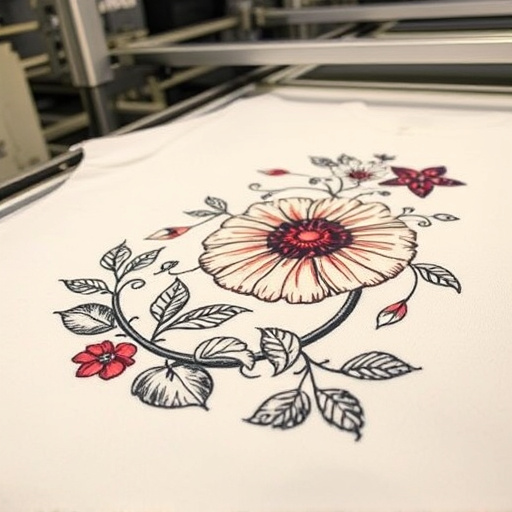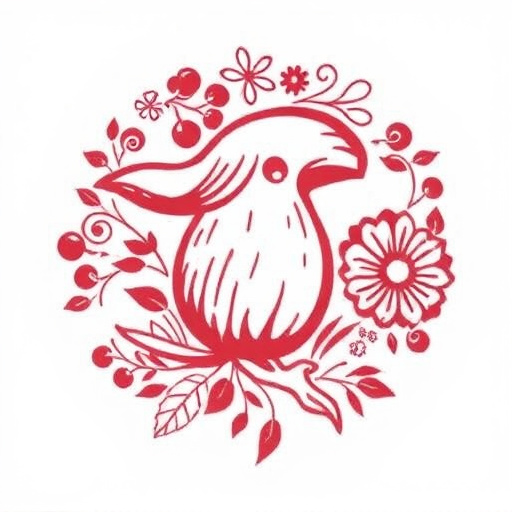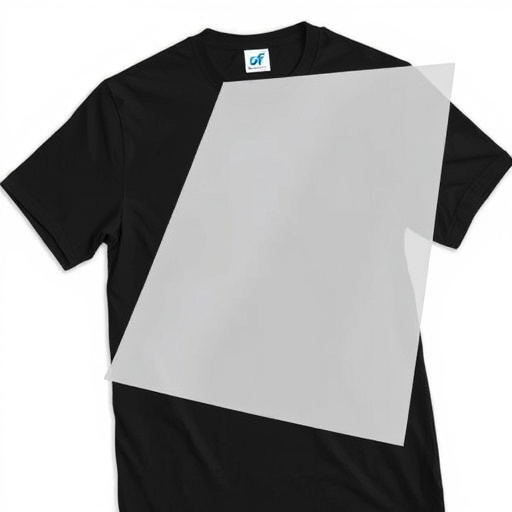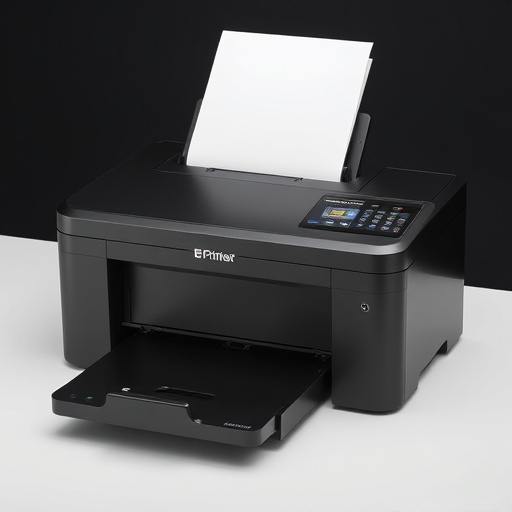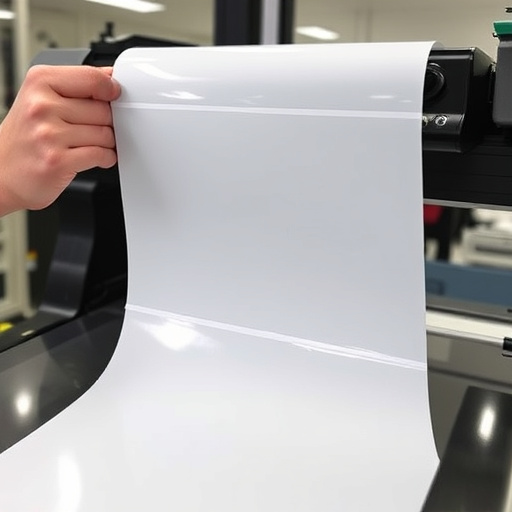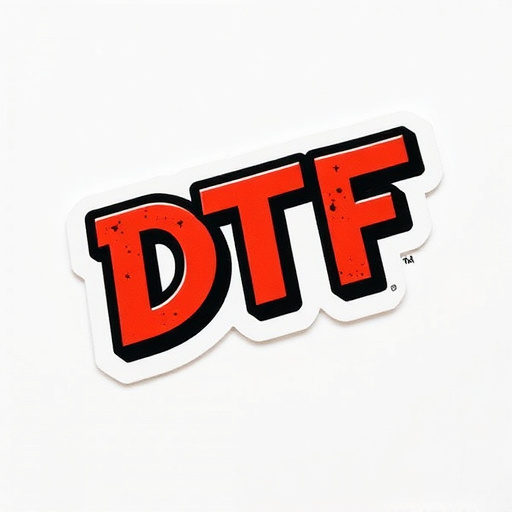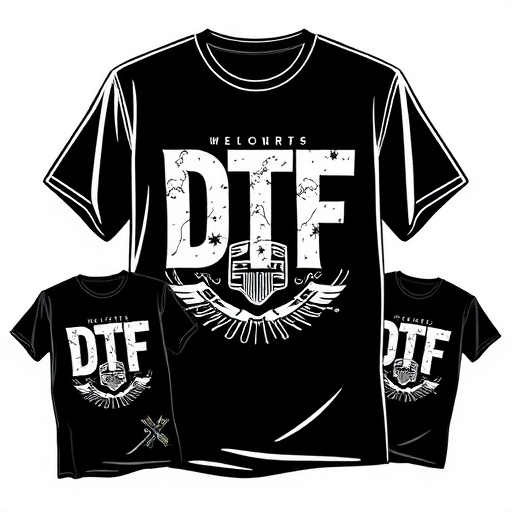DTF T Shirt Printing (Direct to Fabric) offers high-quality, durable designs but traditional methods are criticized for their environmental impact due to toxic inks and chemical solvents. To address this, businesses are embracing eco-friendly DTF alternatives that reduce or eliminate hazardous substances while maintaining durability, particularly for bulk orders. Sustainable inks with lower VOCs enhance safety and reduce air pollution. Efficient file preparation, precise cutting templates, and recycling programs significantly mitigate waste, making DTF printing more environmentally friendly and setting industry standards for greener practices.
In today’s eco-conscious world, understanding the environmental impact of printing methods is paramount. DTF (Direct to Fabric) T-shirt printing, a popular technique for its vibrant results, presents an opportunity for a greener approach. This article explores sustainable strategies within the DTF T-shirt printing industry. We’ll delve into the process, focusing on the adoption of eco-friendly materials and inks, efficient waste management practices, and recycling initiatives that minimize the environmental footprint of this dynamic printing method.
- Understanding DTF T-Shirt Printing and Its Environmental Impact
- Adopting Sustainable Materials and Inks
- Efficient Waste Management and Recycling Practices in DTF Printing
Understanding DTF T-Shirt Printing and Its Environmental Impact
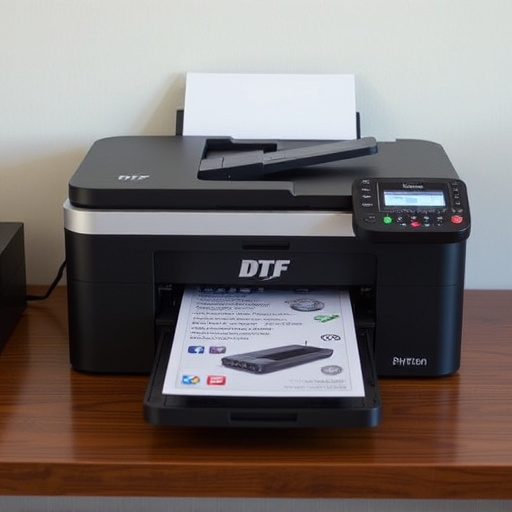
DTF T Shirt Printing, or Direct to Fabric (DTF) transfer printing, is a process that allows for high-quality, durable designs on t-shirts and other textiles. It involves transferring ink directly onto the fabric using heat and pressure, creating vibrant and long-lasting prints. However, traditional DTF methods have been criticized for their environmental impact due to the use of toxic inks and chemical solvents.
This printing technique’s environmental footprint can be significant, particularly in terms of waste generation and emissions. The process often relies on single-use materials, contributing to textile waste. Additionally, the release of volatile organic compounds (VOCs) from inks and cleaners can contribute to air pollution. To mitigate these issues, many businesses are now exploring eco-friendly alternatives, focusing on dtf transfer printing that reduces or eliminates hazardous substances. DTF durability is a key consideration in this shift, as businesses seek printing methods that produce long-lasting products while minimizing environmental harm, especially for dtf bulk orders.
Adopting Sustainable Materials and Inks

In the realm of DTF T-shirt printing, adopting sustainable materials and inks is a game-changer. Eco-conscious businesses are moving away from traditional methods that rely heavily on toxic chemicals and non-biodegradable substances. By transitioning to materials that are both friendly to the environment and high-quality, printers can produce stunning designs without contributing to environmental degradation. Sustainable inks, for instance, often contain lower levels of volatile organic compounds (VOCs), which not only reduce air pollution but also provide a safer printing experience for technicians.
Moreover, the use of custom DTF transfers allows for precise application and more efficient use of resources. The dtf curing process ensures that inks bond strongly with fabrics, leading to longer-lasting prints. This approach minimizes waste generated during production, making it an attractive option for those seeking eco-friendly alternatives in DTF transfer printing.
Efficient Waste Management and Recycling Practices in DTF Printing
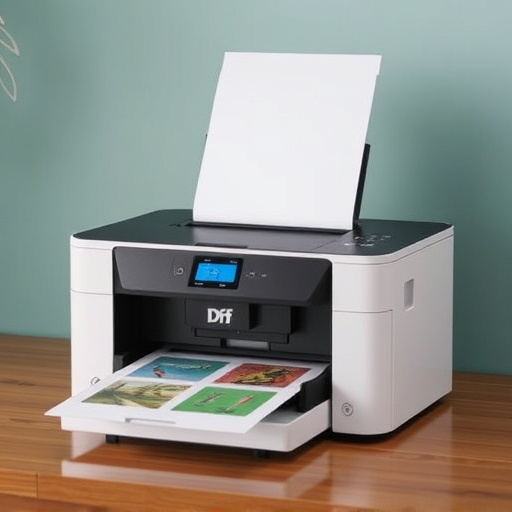
In the realm of DTF T-shirt printing, efficient waste management and recycling practices are integral to minimizing environmental impact. Direct to film (DTF) transfers, a popular method, generate significant amounts of waste in the form of unused film and cut-out scraps. However, implementing structured recycling programs can significantly reduce this waste. Many printing businesses are adopting innovative strategies, such as repurposing excess DTF film for other projects or creating recycled paper products from the cut-outs.
Proper DTF file preparation plays a crucial role in this process. Optimizing designs to minimize excess material and ensuring precise cutting templates can substantially reduce scrap waste. Additionally, using eco-friendly inks and solvents further contributes to sustainable practices. These combined efforts not only lessen the environmental footprint of DTF printing but also demonstrate a commitment to a greener approach within the industry.
DTF T shirt printing can be an eco-friendly process with the right practices. By understanding the environmental impact of traditional methods, adopting sustainable materials and inks, and implementing efficient waste management, we can significantly reduce the carbon footprint associated with DTF printing. Let’s continue to explore and embrace greener alternatives to contribute to a more sustainable future in the print industry.
